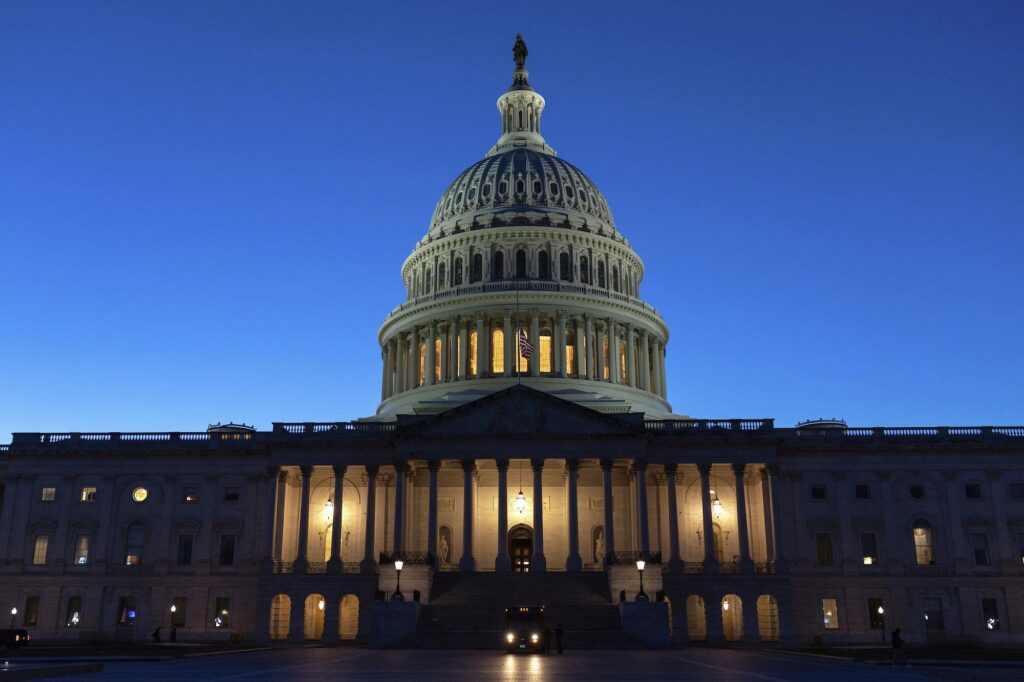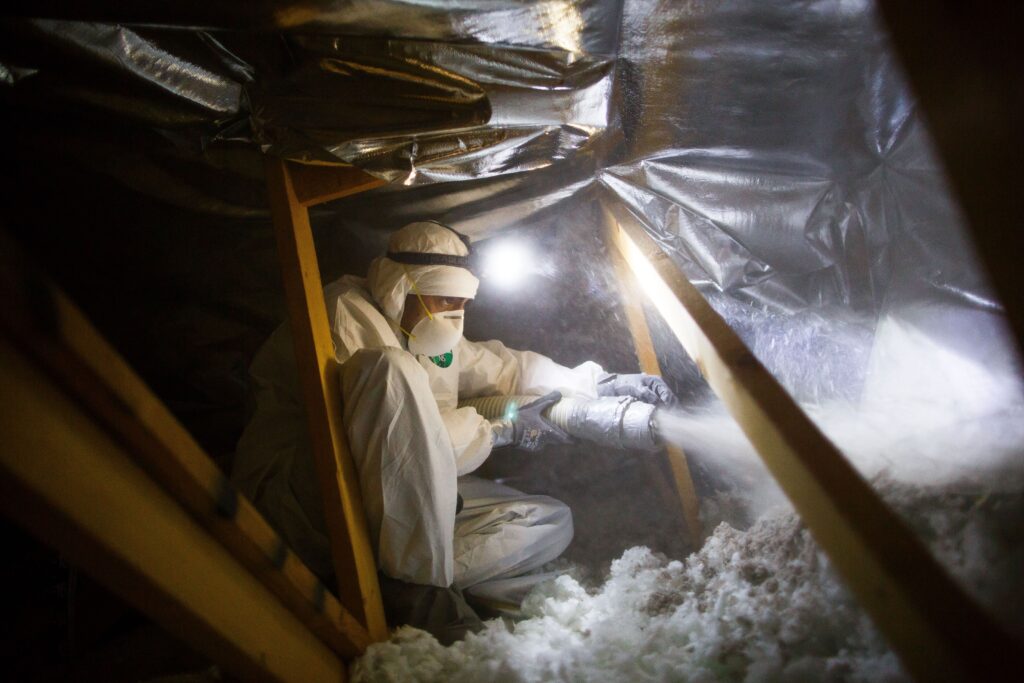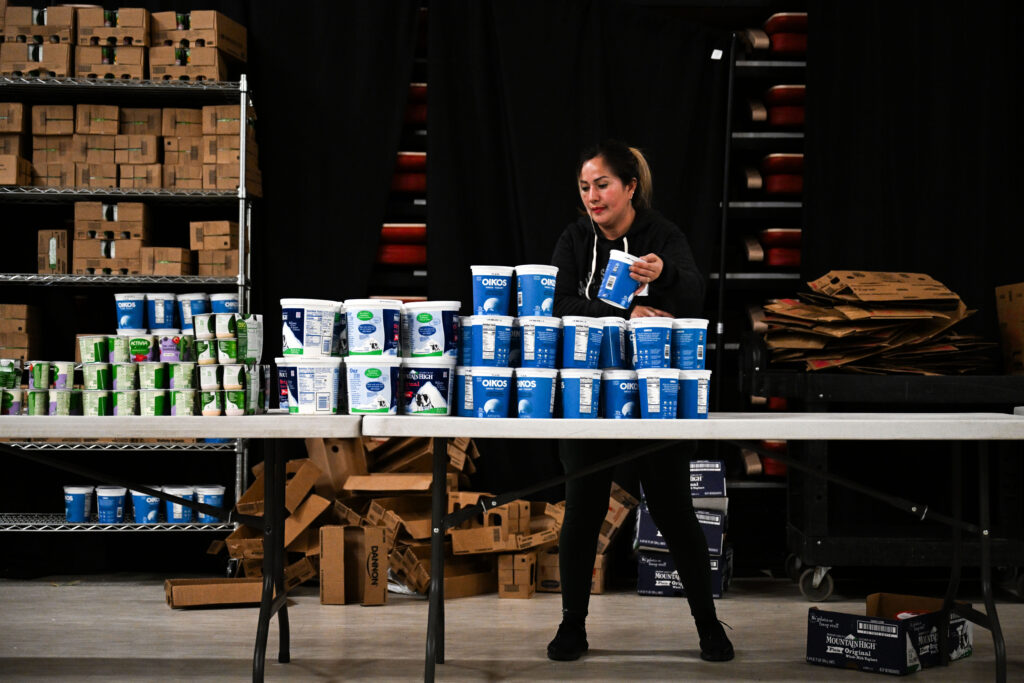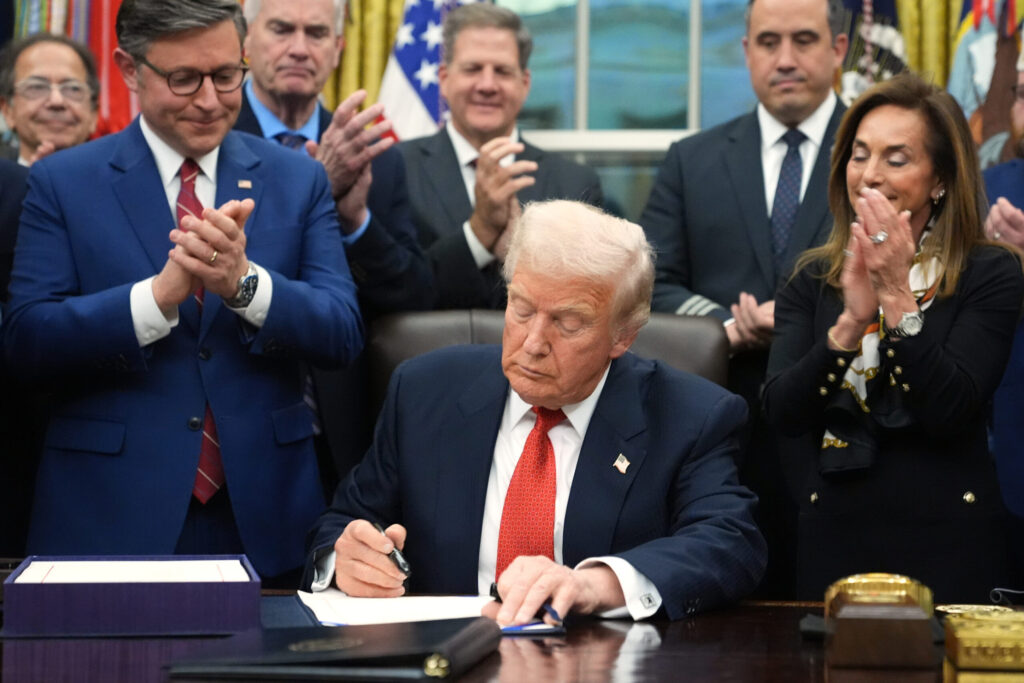Grant continues drug task forces in CO, WY, UT
The director of the Rocky Mountain High Intensity Drug Trafficking Area program does not expect President-elect Donald Trump’s administration to alter the federal funding that helps keep the program operating.
“Our experiences with Congress over many years has been overwhelmingly positive, whether it’s Democrats or Republicans,” said Rocky Mountain HIDTA Director Tom Gorman. “The president always seems to put about $190 million toward the program in his budget, then Congress increases it to $240 million to $250 million.”
Gorman, president of the program’s national association, said lawmakers in both parties like to hear about the “big cases” HIDTA programs are often involved in, and Congress hears those success stories in yearly reports.
“They always seem to think the program is very worthwhile,” Gorman added.
The Rocky Mountain program – which covers 286,823 square miles in Colorado, Utah and Wyoming – was designated in 1996 and includes smaller task forces in the Colorado counties of Adams, Arapahoe, Boulder, Denver, Douglas, Eagle, El Paso, Garfield, Grand, Jefferson, LaPlata, Larimer, Pueblo, Mesa, Moffat, Routt and Weld. In Utah, the counties of Davis, Salt Lake, Summit, Utah, Washington and Weber are included and in Wyoming, Albany, Campbell, Laramie, Natrona, Unita and Sweetwater Counties.
New grant to continue efforts
Denver City Council was expected to approve a resolution at their Monday, Nov. 21, meeting authorizing expenditures in the Public Safety Special Revenue Fund, based on a letter of intent from the Office of National Drug Control Policy to award $885,404 in fiscal year 2017 funding for the program.
The proposed grant will be administered by the Denver Police Department to support efforts to disrupt or dismantle drug trafficking operations in the program area, said Gorman.
Those efforts are overseen by an executive board composed of an equal number of regional federal, state, local, and tribal law enforcement leaders. They direct efforts to reduce or end the production, transportation, distribution and chronic use of illegal drugs and money laundering.
The grant money is to go towards three initiatives within the Rocky Mountain HIDTA:1) $625,860 to the Front Range Task Force (U.S. Drug Enforcement Administration, Denver Police Department, Arapahoe County Sheriff’s Office, Aurora Police Department, Douglas County Sheriff’s Office);2) $73,444 to the Fugitive Location & Apprehension Group and3) $186,100 to the group’s Intelligence Initiative.
Gorman said the program’s yearly strategic plan identifies a number of drug operations, seizures and arrests for each task force. For example, the Front Range Task Force dismantled or disrupted five drug trafficking operations in 2015 and seized more than 120 lbs. of methamphetamine, 50 lbs. of cocaine and similar quantities of other drugs, he noted.
The proposed grant will help pay three full-time employees in the Denver department that work with the task force: a lieutenant, an executive assistant and a management analyst, along with uniformed officer overtime for law enforcement agencies in the program, including Denver police.
The grant will also support three vendor contracts with Denver Police: leasing of eight vehicles used for investigation and surveillance purposes, contracting of technical operation and investigative support, and contracting of IT network support.
Other uses of the funds are to purchase technical investigative equipment and computer equipment, along with other services, supplies, training and travel.
No Denver or local funds are required to match the grant, and gasoline and maintenance of vehicles, uniform equipment and grant administration costs are not covered by the proposed award.
The High Intensity Drug Trafficking Areas Program, created by Congress with the Anti-Drug Abuse Act of 1988, helps federal, state, local, and tribal law enforcement agencies operating in areas determined to be critical drug-trafficking regions of the United States.
There are now 28 HIDTAs, which include about 18 percent of all counties in the U.S. and more than 65 percent of the U.S. population. Designated counties are located in 49 states, as well as Puerto Rico, the U.S. Virgin Islands, District of Columbia and the Warm Springs Indian Reservation in Oregon.
The DEA assigns 589 special agents to the program.











